Colleen thrives on reinvention. For over two decades under the name, French artist Cécile Schott has continuously pushed her compositional practice into new directions. Her creative approaches have included complex samples and loops, instrumental processing and even dub production techniques applied to the baroque viola da gamba. Each album immerses the listener in a wholly unique world while remaining unmistakably a work by Colleen. Schott’s compositions glow with carefully considered textures that move in captivating revolutions while subtly evolving. A connective thread of Schott’s work is the exploration of the intricacies of emotion while reveling in the act of contorting pop and classical forms into new shapes. Colleen’s Le jour et la nuit du réel is a voyage deep into the world of synthesis, a dense thicket populated by drifting echoes and pulsating arpeggios. More than just a creative approach, sound synthesis here becomes a means to interrogate complex concepts, from the self and perception to shifting notions of what is “reality”.
Le jour et la nuit du réel (“The day and the night of reality” in French) is an album of parallels and contrasts. Schott’s first purely instrumental work since 2007’s Les ondes silencieuses, and her first double album, Le jour et la nuit du réel started as an album of songs with lyrics in the style of her previous album The Tunnel and the Clearing before gradually morphing into wordless suites of compositions divided into movements. Schott realized that synthesis was the best expressive tool at her disposal to grapple with a theme that seemed to be constantly on her mind: the impossibility of truly grasping all facets of reality, especially one’s own emotional reality and that of others. Each movement within a suite employs different synthesis settings, but with distinctive chords and motifs that provide a throughline, guiding the listener through shifting sonic landscapes. Schott elaborates: “To me, the capacity of synthesis to alter - subtly or radically - the physical embodiment in sound of the same series of notes is akin to how, when given new information about a person or a situation, we can reevaluate our initial perception of what we thought was the "reality" of that person or situation, sometimes drastically so."
The album’s construct falls into two larger sections, day and night. A kaleidoscopic range of sounds speckle the album’s seven suites, aiming to translate the range and nuance of emotions, both deeply personal and communal, and the complexity of identity, as we shift from day to night. Daytime opens with more friction, tension, and abrasive timbres emulating the invigoration of daylight with “Subterranean” and “The long wait”, before softening into the warm luminance of “To hold and to be held” and “Mon coeur”. “Be without being seen” functions as a twilight transition zone, first melancholy, then threatening, mimicking the fact that nighttime tends to warp our sense of reality, often making it more intense. “Les parenthèses enchantées,” named for a French idiom that, roughly interpreted, means “a beautiful moment destined to end soon”, plunges the listener into the second half, night. The descent into slower, more melancholy textures and longer trails of delay slips into the pulsating, bottomless recesses of “Night looping”, a direct reference to Schott’s own recurrent insomnia.
Le jour et la nuit du réel’s astounding breadth of texture and emotion were sculpted from a surprisingly minimal setup even for Schott – an all-analog combination of one monophonic semi-modular synth, the Moog Grandmother, and two delays, the Roland RE-201 Space Echo and her trusted Moogerfooger Analog Delay, with no additional digital production. Schott became enraptured in the synthesizing of sounds until synthesis completely consumed her focus. She worked on various strategies to overcome the limitations of working with a monophonic synth as the sole sound source, leading to what she likes to call a “human-machine hybrid style”. The stuttered playing and gliding surges on “Be without being seen”, the Baroque-style flourishes and trills of “Les parenthèses enchantées – Movement II” or the birdsong-esque melody of “Les parenthèses enchantées - Movement III” testify to this attempt to “humanize” synth playing. Another strategy was to use non-quantized sequencing for less rigid and more unpredictable results, as can be heard on the lively bursts of “To hold and to be held” and “Les parenthèses enchantées – Movement V”.
Colleen’s mastery of the art of sculpting sounds is on full display on Le jour et la nuit du réel, an album at once minimalist in its tools yet yielding a gorgeous wellspring of diversity. All the while, she infectiously revels in the thrill of discovery. Le Jour et la nuit du réel is a beautiful body of work that manages to explore the intersections of the material and the imagined, a sonic odyssey unearthing soul from synthesis.
Photo by Luis Torroja.
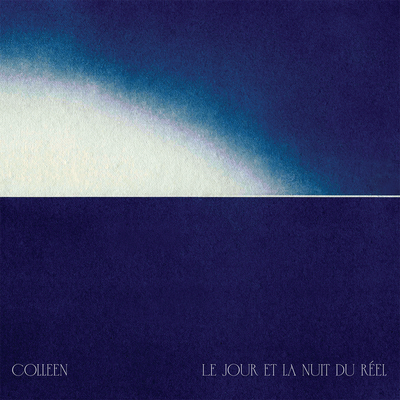 Le jour et la nuit du réel
Le jour et la nuit du réel
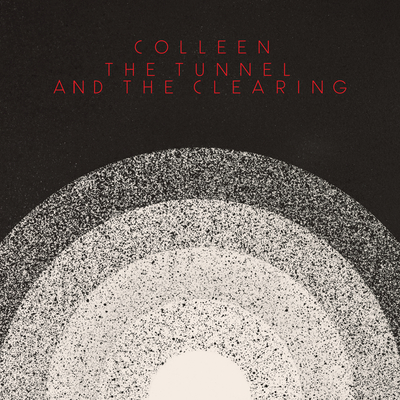 The Tunnel and the Clearing
The Tunnel and the Clearing
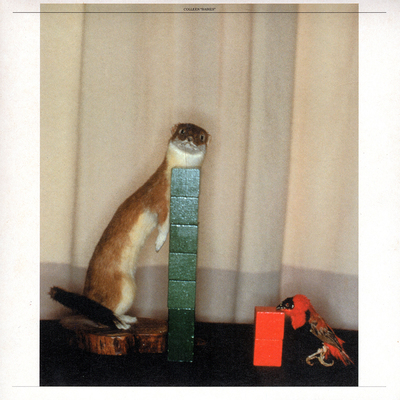 Babies
Babies
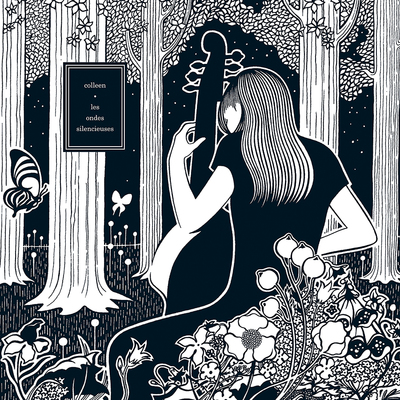 Les Ondes Silencieuses
Les Ondes Silencieuses
 Colleen Et Les Boîtes À Musique
Colleen Et Les Boîtes À Musique
 The Golden Morning Breaks
The Golden Morning Breaks
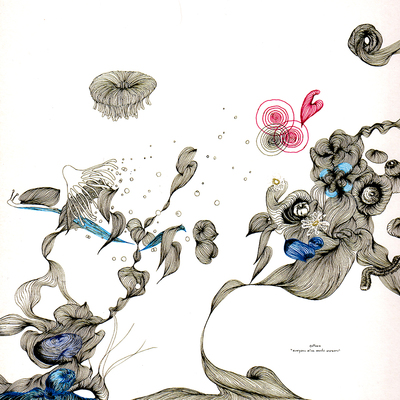 Everyone Alive Wants Answers
Everyone Alive Wants Answers
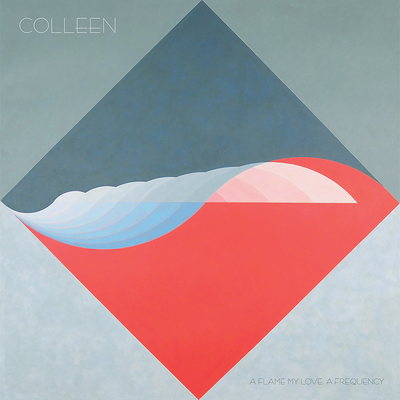 A flame my love, a frequency
A flame my love, a frequency
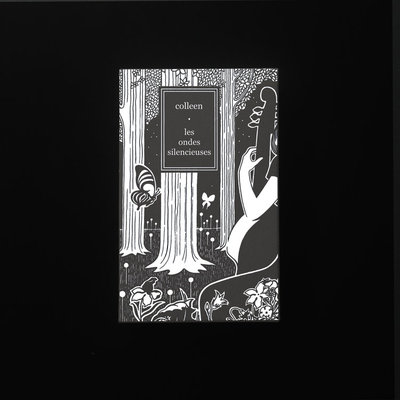 Les Ondes Silencieuses (cassette)
Les Ondes Silencieuses (cassette)
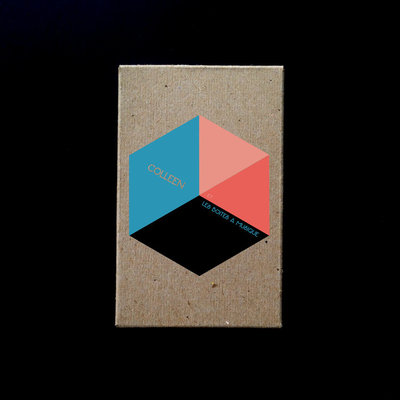 Colleen Et Les Boîtes À Musique (cassette)
Colleen Et Les Boîtes À Musique (cassette)
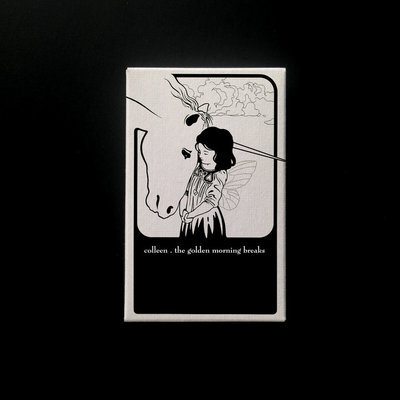 The Golden Morning Breaks (cassette)
The Golden Morning Breaks (cassette)
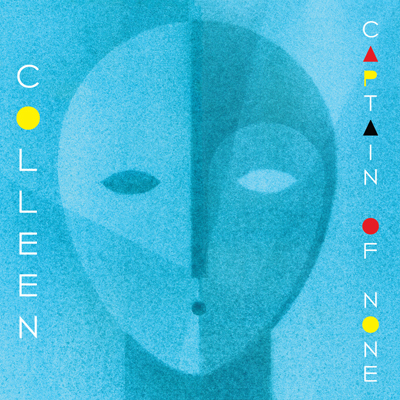 Captain of None
Captain of None